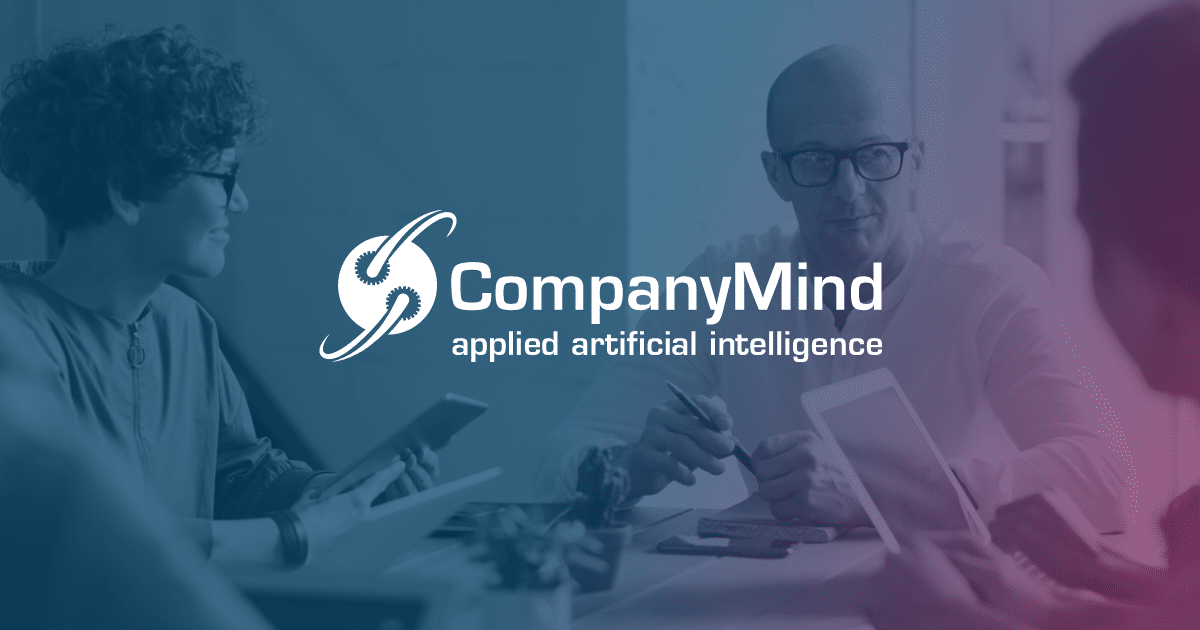Forecasts improve with the help of AI technology!
For players in the food industry in particular, it is important to identify market opportunities and market risks at an early stage and to plan and calculate them appropriately. More accurate and improved sales forecasts give companies a decisive edge in a very dynamic and volatile market environment.
The most important added value and at the same time the biggest challenge is to know the demand as precisely as possible – in advance!
What can AI do that classical statistical methods cannot?
Sales planning is a popular area of application for applied AI in the food industry: thanks to the ability of AI technologies to manage even complex interrelationships and evaluations, a fundamentally different, significantly better planning of inventories with more precise forecasts is possible.
As a result, costs are minimized and profit increased, and control of production, demand and capacity is possible in an optimized form. In addition, the company using it is breaking away from person-based planning and from programs that serve as planning aids, such as Excel.
And: Precision and forecast quality are increasing vehemently!
Better forecasts
By using AI models, more accurate forecasts can be made by analyzing large amounts of data and identifying complex patterns and relationships in the data.
Traditional forecasting methods are often based on historical data and simple, statistical methods such as trend analysis or linear regression. However, these methods can be inaccurate because they do not account for complex relationships or changes in the data.
Variety of factors
AI models, on the other hand, can take into account a variety of factors that can affect forecasting, including seasonal patterns, weather conditions, customer behavior, and other external influences. The models may also be able to update and adjust themselves as new data becomes available.
By using AI, companies can create more accurate forecasts that can help them plan and make decisions. For example, they can make more accurate sales forecasts to optimize their production and inventory levels or anticipate demand for specific products. By improving forecasting, companies can also improve operational efficiency and reduce costs.

Accurate sales forecasts allow you to
Competitive advantages in dynamic markets.
Demand as accurately as possible – in advance!
Minimize costs.
Control of production, demand and capacities in an optimized form possible.
Detachment from person-based planning and from programs that serve as planning aids.
Vehement increase of precision and forecast quality, because the algorithms learn continuously.
Our products help you optimize your processes.
ArtificialVet®
Mit der KI-Lösung ArtificialVet® werden Tierschutzindikatoren und Schlachtbefunde über exemplarische Kamerabilder spezifiziert und standardisiert.
BoxInspector®
Unsere KI-Anwendung BoxInspector® bietet automatisierte Qualitätssicherung durch Bilderkennung mit optimaler Erkennungsleistung.
HookTracing®
Die KI-Lösung HookTracing® bietet die optische Identifizierung einzelner Tiere über Kamerabilder der Eurohaken (DIN 250).
KI-Potenzialworkshops
In unserem KI-Potenzialworkshop identifizieren wir konkrete Anwendungsfälle für KI in Ihrem Unternehmen.
LivestockGuardian
LivestockGuardian: Unsere KI-gestützte Sensordatenanalyse für eine automatisierte und kontinuierlich hohe Tieraktivitätserkennung.
MeatVision
Mit der KI-Lösung MeatVision werden (zerlegte) Produkte in Mehrwegtransportverpackungen und EURO Boxen automatisch erkannt.
Are you interested in an exchange regarding artificial intelligence?


